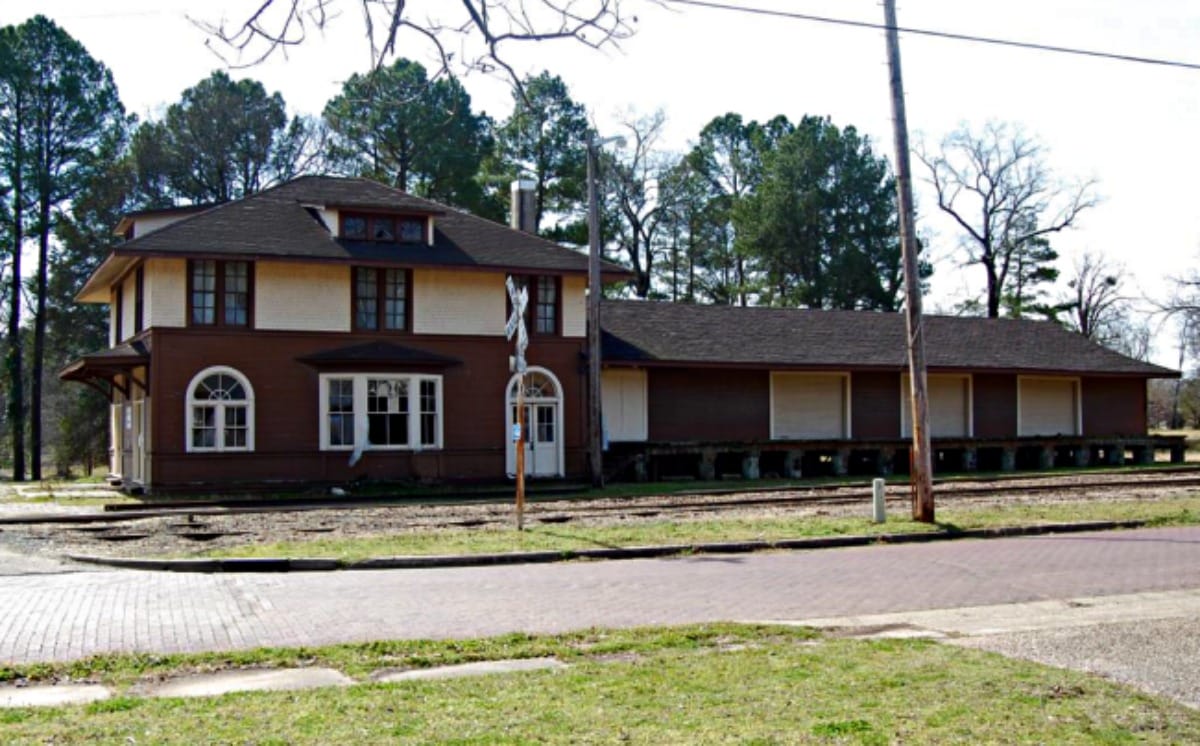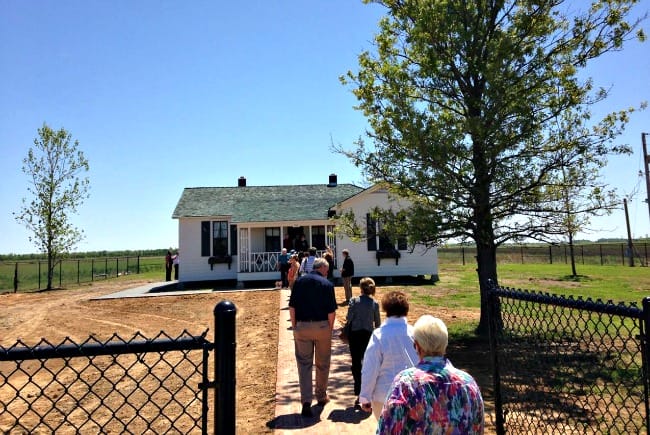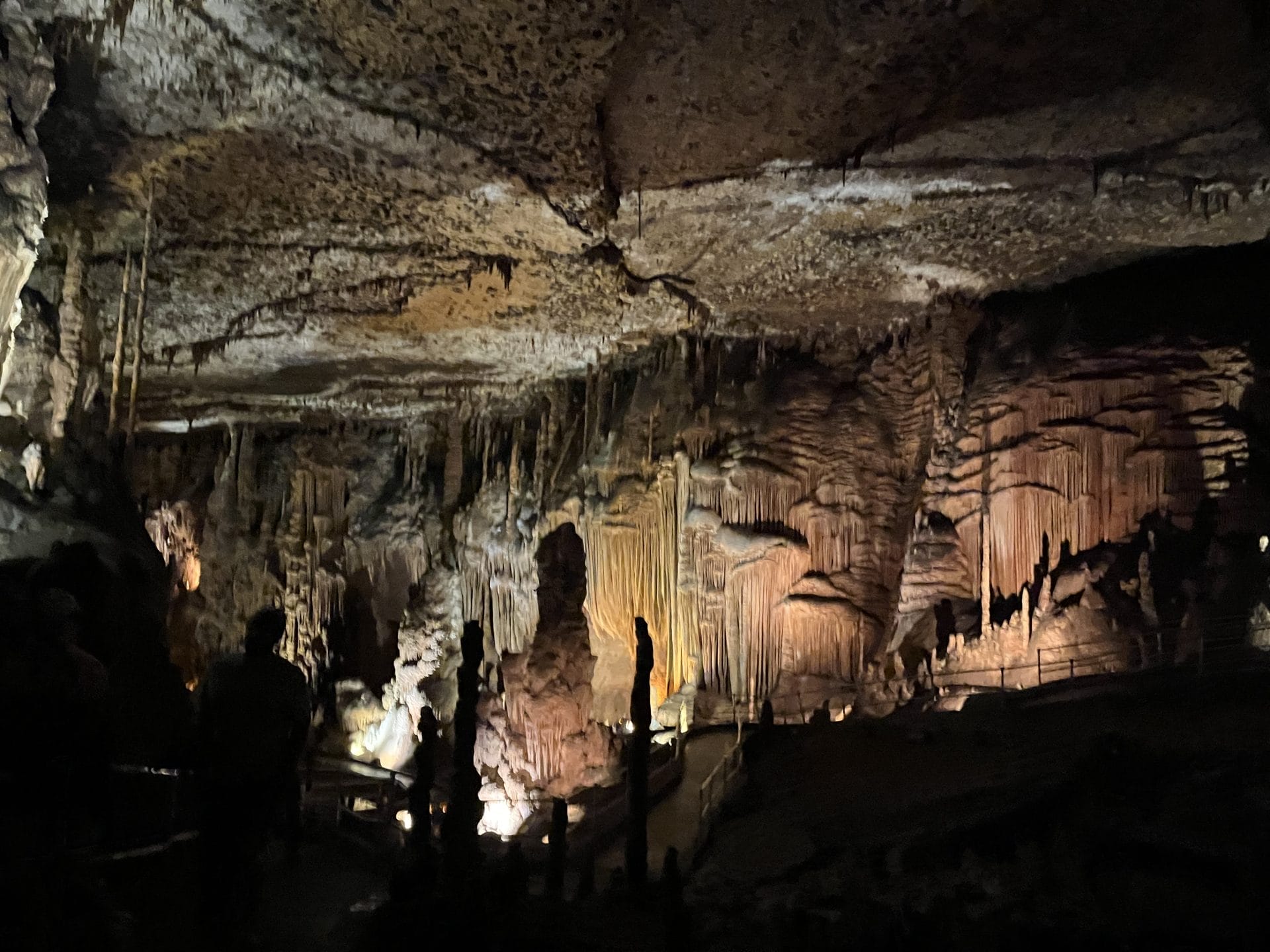

Uh oh...
It appears that you're using a severely outdated version of Safari on Windows. Many features won't work correctly, and functionality can't be guaranteed. Please try viewing this website in Edge, Mozilla, Chrome, or another modern browser. Sorry for any inconvenience this may have caused!
Read More about this safari issue.

Arkansas has its own unique history built through the places where we live, work and play. Since 1999, the Historic Preservation Alliance of Arkansas (Preserve Arkansas) has chosen a handful of buildings and locations each year that play a role in Arkansas’s history and culture and are in danger of deterioration and destruction. We’ll look at a few of the Most Endangered Places in Arkansas in a series of posts, as well as some success stories of former endangered places around the state.

Preserve Arkansas was founded in 1981 with the mission to help preserve and restore the historic places of Arkansas through community education, empowerment and involvement. The Most Endangered Places list encourages communities to re-examine their local history and take steps to protect the physical buildings that represent that history for the next generation. Since the Most Endangered Places list began in 1999, Preserve Arkansas have helped many communities restore and repurpose buildings that had fallen into disuse and abandonment.
One of the most successful former endangered places is Johnny Cash’s boyhood home in Dyess, Arkansas. Preserve Arkansas included the homestead on its 2006 Most Endangered Places list and it stayed on the list for the next five years as the house continued to fall into decline. In 2011, Arkansas State University purchased the home as part of its plan to recreate the Dyess Colony, which played an important role in Johnny Cash’s childhood. ASU also acquired the Dyess Administration Building, another building on the Most Endangered Places list. Four years later, the Johnny Cash Boyhood Home and the Dyess Colony Museum (located in the Administration Building) opened and now receive visitors from around the United States and the world.

That is exactly what Preserve Arkansas is hoping for when they choose the list each year. The organization takes nominations beginning in February for the most endangered places. Generally, locations should be eligible to be listed on the National Historic Register or the Arkansas Historic Register. Anyone can nominate a property, from individuals to organizations and communities. Once nominated, a panel at Preserve Arkansas will consider each nomination and choose the locations that have the most historical significance coupled with the greatest threat of destruction.
The 2016 Most Endangered Places List contains seven properties considered in danger of neglect, destruction and disrepair, and two more to watch as developments unfold. The Warren & Ouachita Railway Depot is one of the endangered places.

The Warren & Ouachita Depot was built in 1909, 10 years after the 16-mile track was laid to connect Warren to the Rock Island Railroad at Banks. It was used primarily to transport lumber, though the line carried passengers until the late 1940s. The building is a bit unusual for a train depot. It contains two stories with a gable roof, unlike the long one-story design most commonly found in other Arkansas train depots.
The train depot was placed on the 2016 Most Endangered Places list to bring awareness to the community of the importance of the depot’s history and spark discussion on its future. Many former train depots across the state now house museums showcasing the town or county’s history. Perhaps the Warren & Ouachita Depot will receive a similar transformation and the beautiful building will once again receive visitors.
In the next post, we’ll step back a year and read about three of 2015’s Most Endangered Places and how they’re faring one year later.
To learn more about Arkansas’s Most Endangered Places or learning how you can become involved in preservation efforts, visit preservearkansas.org.

Photos courtesy of the Historic Preservation Alliance of Arkansas and used with permission.
Join the Conversation
Leave a Comment
One response to “Arkansas’s Most Endangered Places – Part 1”
 Leave a Reply
Leave a Reply
We do the work.
You check your email.
Sign up for our weekly e-news.
Get stories sent straight to your inbox!










 Leave a Reply
Leave a Reply
[…] Each year, the Historic Preservation Alliance of Arkansas chooses a handful of buildings and properties across the state that are in imminent danger of destruction in the hopes that the community will join in the effort to save these historic places. Visit post one in the series of Arkansas’s Most Endangered Places here. […]